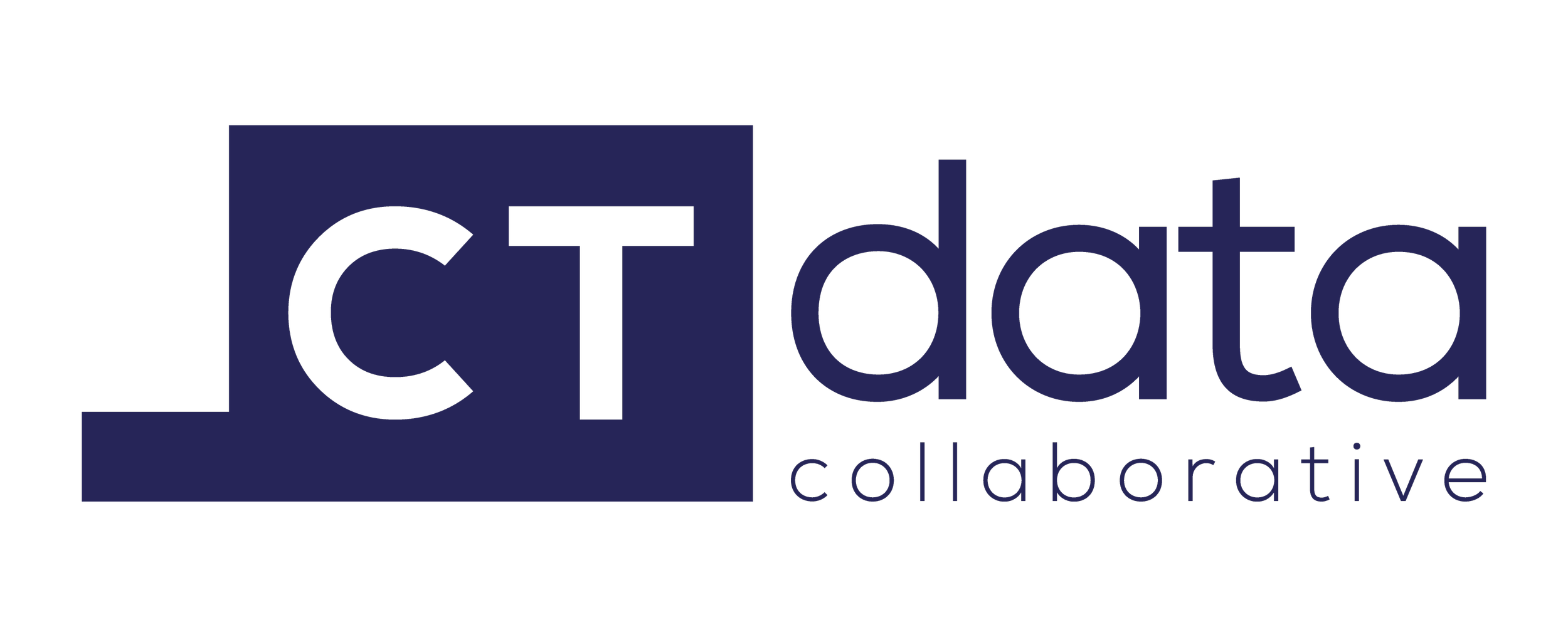Geographic Crosswalks
2020 Census Tracts Crosswalk
This crosswalk links 879 Connecticut census tracts to towns, counties, county equivalents, ZIP codes, 2020 PUMAs, and secondary school districts. It contains identifiers for both 2020 and 2022 FIPS codes, reflecting county-level changes. Some tracts cross multiple ZIP codes or towns, so this crosswalk is approximate. https://github.com/CT-Data-Collaborative/2022-tract-crosswalk
See this blog post to learn the differences between 2010 and 2020 census tract boundaries in Connecticut.
2020 Census Blocks Crosswalk
This crosswalk links 49,861 Connecticut census blocks to census tracts, towns, counties, county equivalents, ZIP codes, and 2020 PUMAs. It contains identifiers for both 2020 and 2022 FIPS codes, reflecting county-level changes. https://github.com/CT-Data-Collaborative/2022-block-crosswalk
See also What are census blocks? by Katy Rossiter
2010 And 2020 Census Tracts → Town
Usually towns can be divided into tracts, but some towns in Connecticut are too small for even a single census tract (which averages 4,000 inhabitants) and have to share a tract with a neighboring town. Therefore, this many-to-one matching is approximate. https://github.com/CT-Data-Collaborative/ct-census-tract-to-town
2010 And 2020 Census BLOCKS → Town
Census blocks are the smallest geographical units for which census data is available. In 2010, there were 67,578 census blocks in Connecticut; but only 49,926 in 2020 Census. https://github.com/CT-Data-Collaborative/ct-census-block-to-town
See also What are census blocks? by Katy Rossiter
Town → Planning Region (County Equivalent)
In 2022, the Census Bureau adopted Connecticut's nine planning regions as county equivalents—new county-level geographies for statistical purposes—replacing Connecticut's eight counties in Census Bureau data products. This crosswalk shows which of the planning regions each town is in.
https://github.com/CT-Data-Collaborative/ct-town-to-planning-region
More information on the county-to-county equivalent transition is available here.
Town → County
There are 169 towns in Connecticut that belong to one of 8 counties. https://github.com/CT-Data-Collaborative/ct-town-county-fips-list
Town → PUMA
This crosswalk provides a many-to-one matching of Connecticut towns to 2020 Public Use Microdata Areas (PUMAs). There are 169 towns in Connecticut, and 26 PUMAs. https://github.com/CT-Data-Collaborative/ct-town-to-puma
More information about PUMAs is available here.
Five Connecticuts Crosswalk
The Five Connecticuts is a system developed by the University of Connecticut which uses socioeconomic trends such as poverty rate, household income, and more to categorize towns into five categories — Rural, Suburban, Urban Core, Urban Periphery, and Wealthy. https://github.com/CT-Data-Collaborative/five-connecticuts
Legislative District ↔ Town
This crosswalk is available in multiple formats in this Excel file. It includes relationships between State Legislative Districts and towns.
Zip* → Town
This crosswalk establishes an approximate many-to-one relationship between 289 zip codes and 169 towns. https://github.com/CT-Data-Collaborative/ct-zip-to-town
Zip* → Planning Region
This crosswalk establishes an approximate many-to-one relationship between 289 zip codes and 169 towns. https://github.com/CT-Data-Collaborative/zip-to-planningregion
Zip* → School District
Similar to towns, zip codes do not perfectly align with secondary school districts, so exercise caution when using it. https://github.com/CT-Data-Collaborative/ct-zip-to-school-district
*When we talk about zip codes, we mean zip code tabulation areas, or ZCTAs. These are approximate boundaries that are served by zip codes. Zip codes themselves identify individual post offices or delivery stations associated with mailing addresses, they do not define boundaries. See this Census page explaining the difference between zip codes and ZCTAs, or this helpful Medium article.
Hartford Neighborhood Crosswalks
These crosswalks establish approximate many-to-one relationships between census tracts, block groups, and blocks to neighborhoods. https://github.com/CT-Data-Collaborative/hartford-crosswalks
Connecticut Boundaries Map & Boundary Files
Use this map to see how different geographies within Connecticut relate to each other.
Turn layers on and off using the circular buttons to the left of the layer name. If labels are not visible, zoom in closer to the geography.
Click on a geography to see more information about it.
Export the data by clicking on the three dots to the right of the layer name. You can export a csv, shapefile, geojson, and more.
Open the map in a new window by clicking here.
About Planning Regions and Counties
Connecticut’s historical eight counties stopped serving as functioning governmental or administrative units in 1960. Currently, Connecticut has nine Regional Councils of Government (COG) that carry out regional planning and service delivery activities similar to those performed by county-level governments in other states. These COGs align with nine planning regions formed under Sec. 16a-4a of Connecticut’s General Statutes to allow for regional coordination among municipalities. See the map above for the planning region boundaries, the towns within each planning region, and historical county boundaries.
In 2019, officials in Connecticut’s Office of Planning and Management formally petitioned the Census Bureau to collect and report data for Connecticut’s nine planning regions instead of the historical counties. Obtaining county-equivalent data for Connecticut’s planning regions will increase the utility of the data for regional planning and decision-making, and it may make it easier for COGs to apply for and receive federal grants. In 2022, the Census Bureau published the final Federal Register Notice of the decision to implement this change internally in that same year, with published products beginning to reflect the change in 2023.
Other Tools
-
This tool allows you combine many estimates with margins of error into one aggregated estimate with a new, usually smaller margin of error. For example, you could use it to combine populations of certain Hartford census tracts to get an estimated population of the neighborhood in Hartford with the proper margin of error.
-
This tool lets you create two side-by-side maps that show change in values for two time periods using Jenks breaks. It is written in Svelte (JS) and runs entirely in front-end.
View demo and instructions on GitHub.
-
Convert Connecticut census tracts into towns where the tracts are located. In the input area, type one or more tract numbers. They can be short (eg 303 for Darien) or long (9007610100 for Clinton or 1400000US09001220200 for New Fairfield).
Read this blog post to learn how 2020 boundaries are different from 2010 boundaries. Use the tool or view code on GitHub.
Census Bureau Tools
Find My Congressional District
Click on a district to get census data on population, housing, economic, and businesses.









